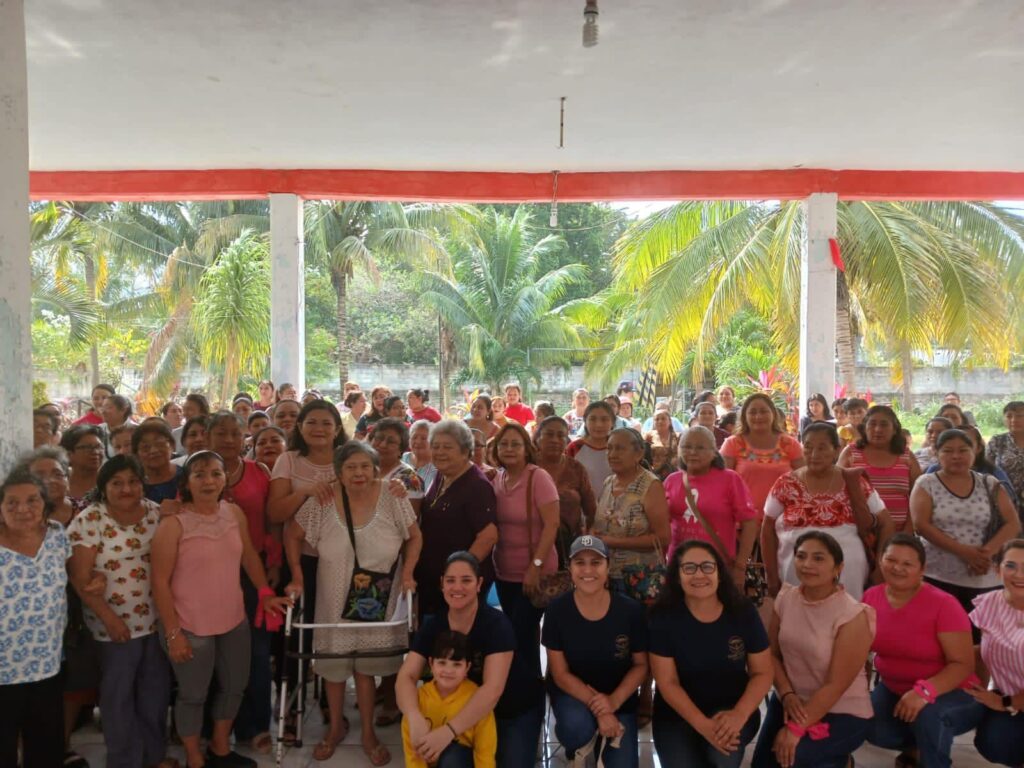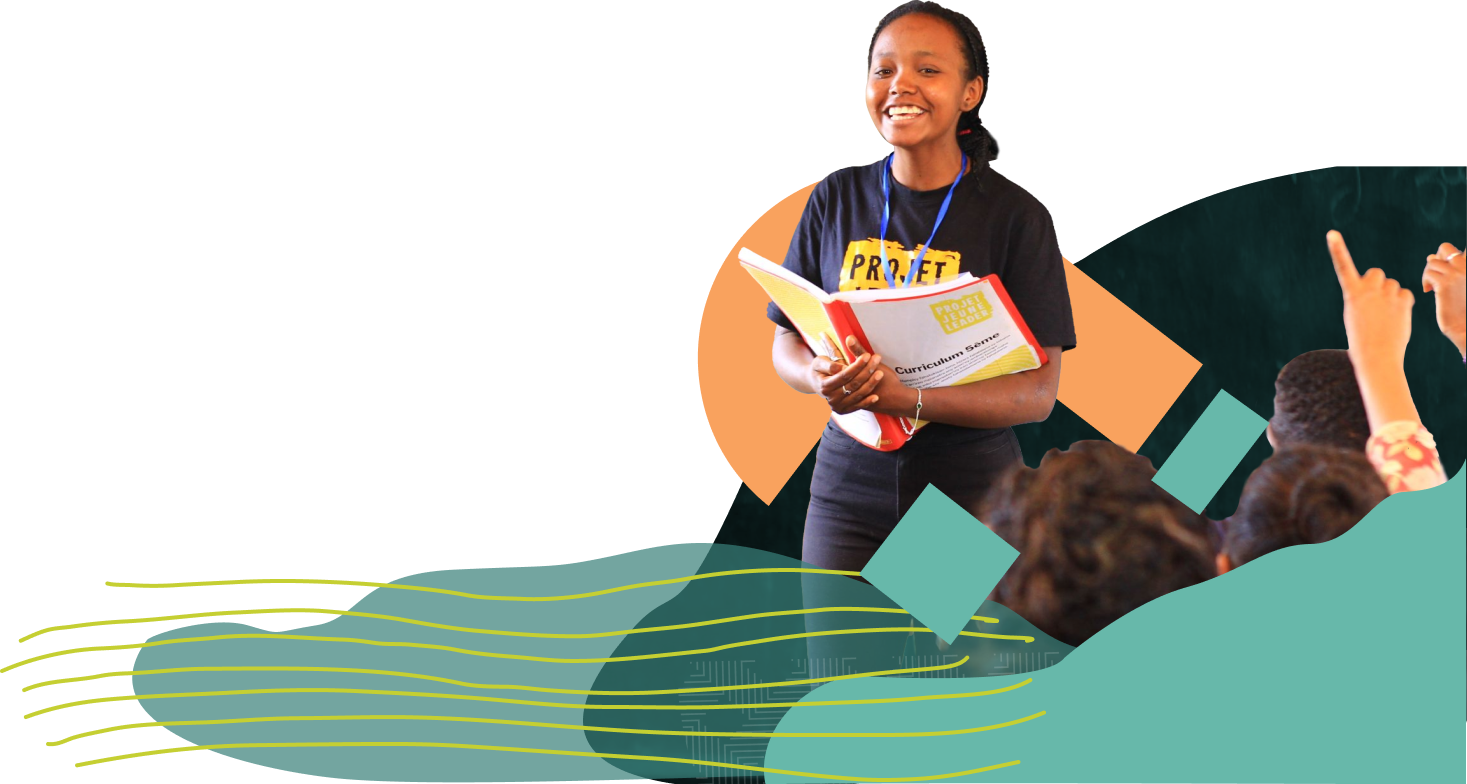Provoking a Gender ‘Mindshift’ Among Peru’s Teachers

Nestled in the Andean mountain range, the city of Cusco, Peru, is familiar to tourists as a jumping off point to explore Machu Picchu, the most famous icon of the ancient Inca empire.
But despite Peru’s economic boom, fueled in part by tourist dollars, many descendants of the Incas still live without sanitation and other basic necessities. Peru’s indigenous communities, and especially the millions of Quechua people in the Andean highlands, have been excluded from the country’s economic progress. This income disparity is especially evident among Quechuan women and girls, who experience higher rates of poverty, illiteracy, and violence than the Peruvian population at large.
How do you ensure that Peru’s indigenous women and girls are equal recipients of – and partners in – Peru’s progress?
Visionaria Network, one of WomenStrong International’s newest partners, is placing its bet on education – not just for girls, not only for Quechua children, but for all secondary students nationwide. Their goal is to ensure that all students recognize the value of girls and women, and that every girl and boy have the knowledge, skills, and self-confidence to pursue pathways toward opportunity.
The organization started out with more modest ambitions.
Visionaria was founded by several international development professionals working in Peru who saw their well-designed projects stall, such as promoting clean cookstoves. Why? Families, and especially women, did not adopt their recommendations because those recommendations didn’t come from community priorities.
“Visionaria grew out of the realization that women and girls who are supposed to benefit from international development projects are too often left out of their design,” says Paul Spurzem, one of the organization’s founders.
These development professionals realized that girls and women are critical to the success of community improvement projects. That’s when they started a summer leadership program for Peruvian girls, to design and implement service-learning projects in their communities.
Their approach helped identify community priorities and position girls as leaders with valuable insight – overcoming girls’ own self-doubts in the process. The girls soon advocated for their male peers to join in, particularly for projects that address gender inequality.
As demand for Visionaria’s leadership programs grew, these veteran development practitioners realized two things. First, to scale up their program, Visionaria needed a cost-effective way to train more local facilitators. Second, teachers would be a prime target to implement the model, because of new national curriculum standards that required secondary schools to provide similar leadership and learning opportunities to students.
Visionaria soon partnered with the local education ministry, to design a teacher training curriculum that would expand the organization’s girls’ empowerment and service-learning program into Peru’s secondary schools and include boys.
This expansion was helped in part by a subtle ambiguity in this enterprising organization’s name.
“Visionaria is Spanish for ‘female visionary,’” Spurzem says. “But it can also refer to a visionary person, ‘una persona visionaria,’ and this grammatical technicality helps us talk about the Visionaria programming and spirit in a way that is more inclusive for boys and acceptable to male school teachers and leaders.”
An important consideration is the male-dominated country. Today, the organization’s Cusco-based program, known as “Visionaria for Schools,” provides comprehensive training so that teachers can offer lessons in their classrooms to challenge those social norms currently holding girls back. These teachers also learn how to promote youth leadership through service-learning projects, especially within indigenous communities, and to help young people build self-confidence.
According to Paola Saldivias, co-founder of Visionaria Peru, “It’s important and hard to provoke a mindshift even among skeptical teachers and parents, who want students to focus on math and science, and not these ‘soft’ skills. But we show them the importance of developing youth leadership and addressing gender.”
Visionaria is one of six organizations that joined WomenStrong International’s new Learning Lab on August 1, to develop, test, sharpen, and amplify solutions in the area of Girls’ Education and Empowerment.
With support from WomenStrong, Visionaria is strengthening its “Visionaria for Schools” program. It will pilot a new teacher training in Cusco and use the results to strengthen the gender equality content in its curriculum. The Visionaria team will also produce a new multi-media, gender-sensitive educator training that will be shared with secondary school teachers across Peru.
In addition to Visionaria’s project in Peru, WomenStrong’s new Learning Lab members, all small women-driven organizations, are working in Afghanistan, Guatemala, Malawi, Uganda, and Zimbabwe. Their projects include girls’ clubs; gender sensitivity training for teachers, men, and boys; training young women in non-traditional occupations; and other programs grounded in community needs.
Visionaria’s Paul Spurzem says he is excited to learn from his peers in other national contexts who share his goal of empowering women and girls.
He’s also eager to share Visionaria’s progress.
“Improving education quality in under-resourced communities is hard, even with great national level policies,” Spurzem says, but their experience proves “it’s possible to get teachers on board and be inspired by gender-sensitive training.”
We at WomenStrong International share Visionaria’s aspiration and look forward to learning more from this dynamic group of practitioners, about their program, the girls and boys in their target population, and their progress!




